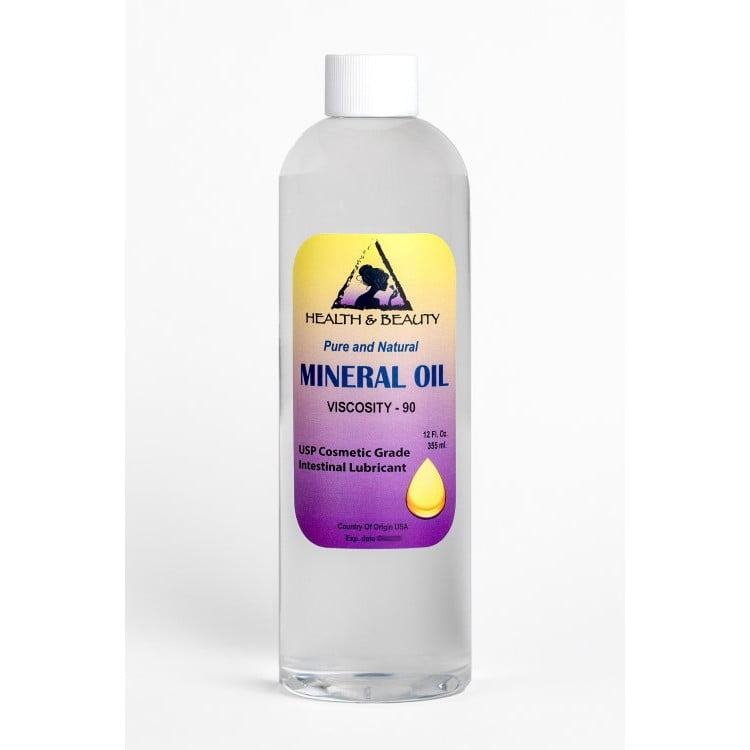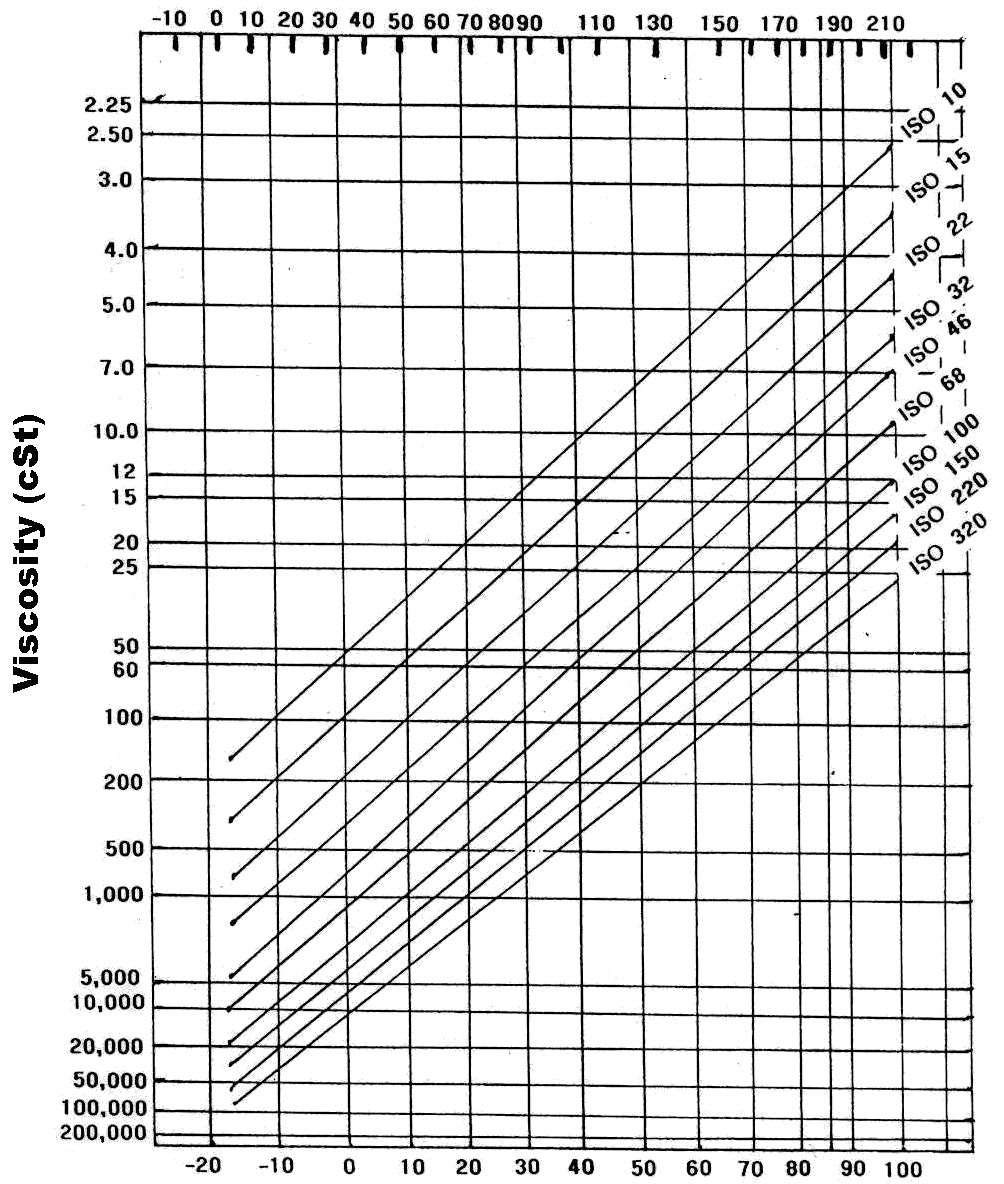
Increasing temperature causes viscosity to decrease conversely reducing temperature causes viscosity to increase. It varies with temperature and is affected by pressure. Viscosity indicates a high resistance to flow while low indicates a low resistance. Viscosity is the measure of the oil's resistance to shear or flow. J1899 establishes the requirements for lubricating oils containing ashless dispersant additives, the same as MIL-L-22851.įollowing are some technical terms, characteristics, and descriptions of the various types of lubricating oils used in the aviation piston engine industry. It covers the same requirements as the former military specification MIL-L-6082. The SAE standard J1966 establishes the requirements for nondispersant, (straight grade) mineral lubricating oils used in four-stroke cycle piston aircraft engines. SAE standards for lubricating oils include J1966 and J1899. Aviation multigrades developed later adopted the SAE automotive system of classification and can be found in 15W-50, 20W-50, and 25W-60 ranges. They use 65 weight or SAE 30, 80 weight or SAE 40, 100 weight or SAE 50, and 120 weight or SAE 60. Multigrades have a high viscosity index (VI) and may fall into more than one SAE grade classification.Īviation engines have used a different viscosity rating than that of automotive and SAE. Oils are classified based on their measured viscosity at high temperatures for single grade oils and at low and high temperatures for multigrade oils. The system classifies engine oils by viscosity grades. Types of oils are derived from specifications developed by the military in the 1940s and later standardized by the Society of Automotive Engineers (SAE). This process will help eliminate moisture from the engine and oil to help prevent corrosion. Along with the hourly interval, oil should be changed on a quarterly or seasonal basis. Check with engine manufacturer's recommendations, but the typical oil change interval rule of thumb is 50 hours for a filtered engine, and 25 hours if it is a screened engine. By monitoring an oil's condition through oil analysis you can establish operating trends to use it as a preventive maintenance tool. Oil treated with an effective dispersant suspends dirt, metallic materials, and unburned carbon.

If oil is doing its job, it should be dirty.

This helps to reduce wear, provide better compression, and keep contaminants out while improving fuel efficiency. Oil creates a seal between piston rings and cylinder walls. As for cooling, oil provides up to 40 percent of an aircraft's air-cooled engine's cooling. Lubricants provide a fluid barrier between moving parts to prevent friction and wear. This article will look at the basics of lubrication and the various types and characteristics of oil. Its basic functions within an engine include reducing friction, cooling, sealing, cleaning, and serving as protection for moving parts. Piston engine oil, its functions, types, and characteristics.


 0 kommentar(er)
0 kommentar(er)
